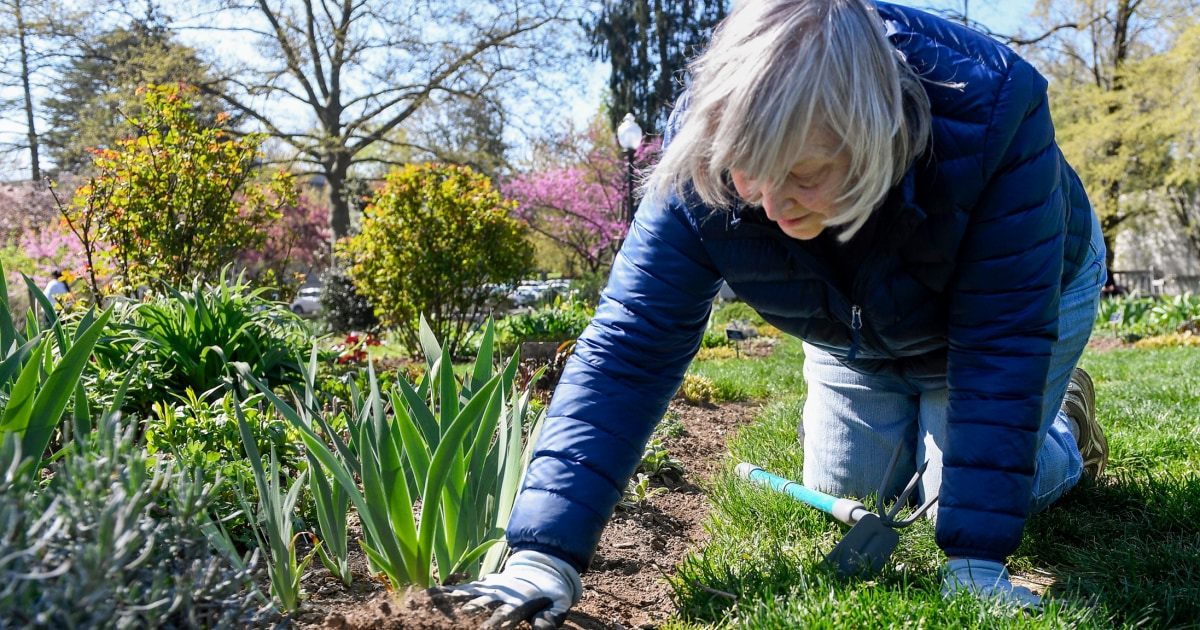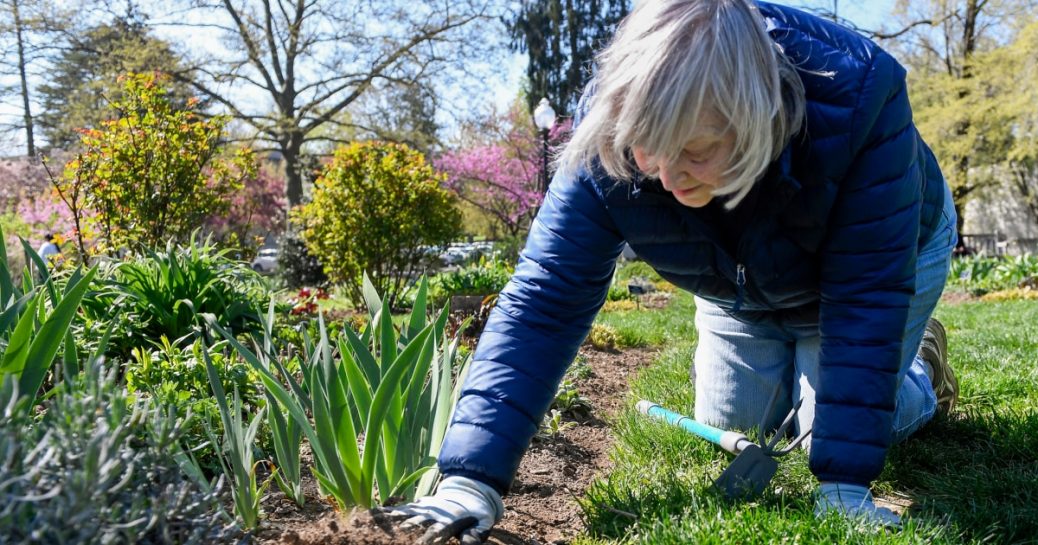
Even short bursts of physical activity — the kind that come from simple, daily tasks — can benefit people’s health, according to a large study published Thursday in the journal The Lancet Public Health.
The research found that engaging in a few minutes of physical activity, such as walking, gardening or household chores, each day was linked to lower risks of heart attack, stroke and early death.
People who made it a habit to move for 5 to 10 minutes a day enjoyed the most health benefits, but even those who got as little as 1 to 3 minutes of activity experienced some positive effects.
“Every minute counts,” said senior author Emmanuel Stamatakis, a professor of physical activity, lifestyle and population health at the University of Sydney, “even if that minute of physical activity is part of our daily routine.”
The findings were based on data from more than 25,000 adults ages 42 to 78 in the United Kingdom who wore fitness trackers, similar to an Apple Watch or a Fitbit, every day for two years. Researchers also monitored participants’ health records for almost eight years to find links between their physical activity and health outcomes.
People included in the analysis did not exercise or play a sport, and almost all the physical activity happened in periods lasting less than 10 minutes.
The researchers found that these short bursts of physical activity throughout the day, lasting less than 10 minutes total, were linked to a 52% decrease in the risk of premature death, as well as a 41% decrease in the risks of heart attack and stroke, compared to getting no physical activity.
While the total amount of activity to help health came in at under 10 minutes, the duration and the intensity of the activity still mattered: People who moved for a minimum of 2 minutes at a moderate or vigorous intensity, for example, saw more health benefits than those who moved for just 30 seconds at a low intensity.
Moderate intensity was defined as any activity during which a person found it challenging to sing but could still speak comfortably, Stamatakis said; vigorous intensity meant the person couldn’t speak more than a few words.
Most people engaged in low to moderate physical activity, he said. However, there was a sweet spot to how much vigorous intensity was beneficial: about 10 seconds per minute.
“Vigorous intensity is extremely powerful,” Stamatakis said.
The study adds to evidence that regular physical activity can improve health and help prevent diseases.
Pankaj Kapahi, a researcher at the Buck Institute for Research on Aging in California, said the findings make sense, noting that most centenarians are not “super athletes” who exercise for several hours a day.
“So an active lifestyle with short bursts of activity seems like a better recipe for a longer and healthier life,” said Kapahi, who was not involved in the study.
High-intensity interval training, or HIIT, a popular exercise routine that involves short bursts of intense exercise with breaks in between, is rooted in the same principle, said Marc Roig, a physical and occupational therapy professor at McGill University in Montreal.
“Find the right spot between intensity and duration,” he said. “Bouts of 10 minutes are ideal because they tap into all these pathways” that the body uses to store and burn energy.
Dr. Susan Spratt, an endocrinologist and senior medical director for the Population Health Management Office at Duke Health in North Carolina, said the findings are important to keep in mind for people who work desk jobs, who often find themselves sitting for long stretches without interruption.
“But a better approach may be to work on tasks for a period of time interrupted with dedicated periods of activity,” she said.
Stamatakis said engaging in short bouts of physical activity could be helpful to people who are unwilling or unable to take part in structured exercise.
“This is very, very promising,” he said.
Follow NBC HEALTH on Twitter & Facebook.










Recent Comments